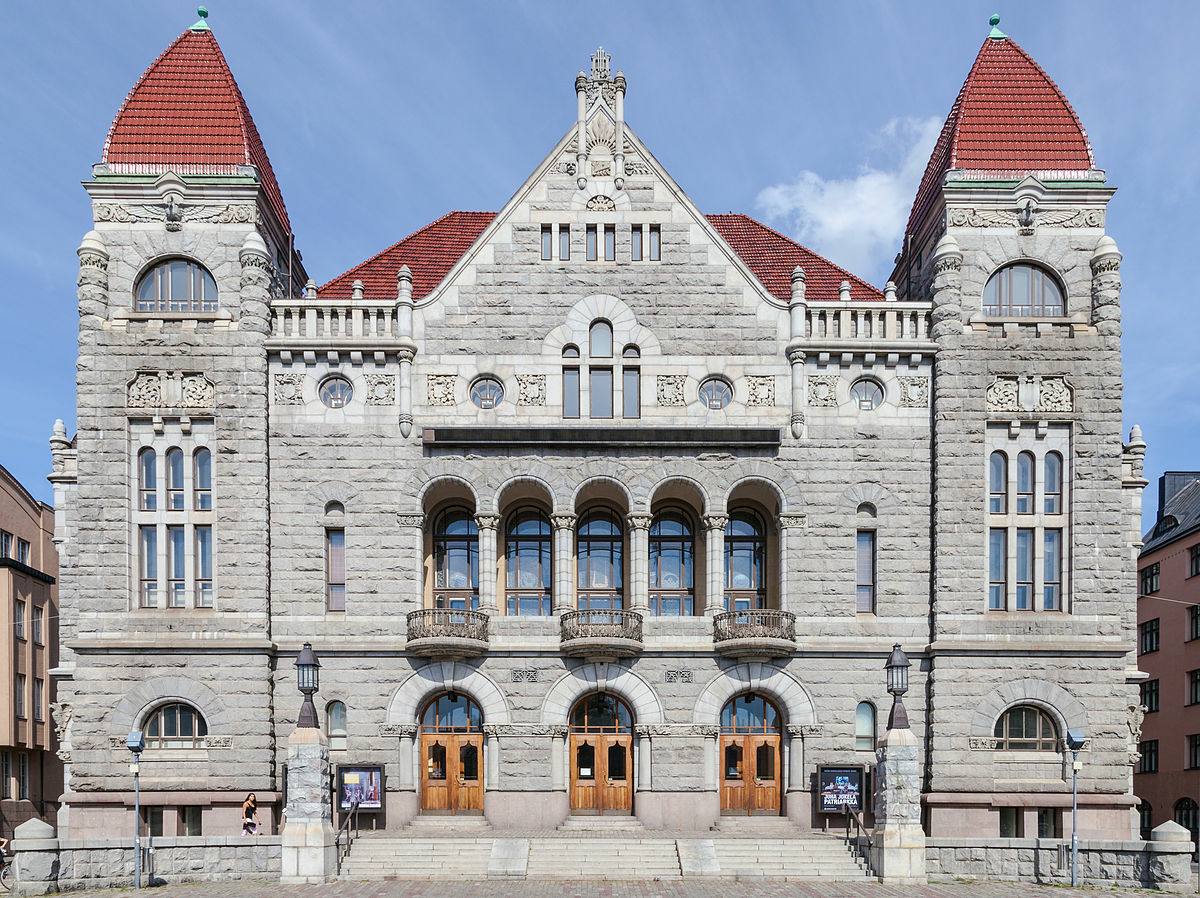UKRAINE: Coalition of the Willing – Too Late or Just in Time?
The past few months have been filled with talk of peace in Ukraine. Trump’s high-profile meeting with Putin and European leaders shuttling between Washington and Kyiv have fueled debate over what security guarantees Ukraine can really expect once the fighting stops. But what would peace actually look like—and would Putin honor it at all?
In this post, we’ll break down how the “Coalition of the Willing” is supposed to work, and what it could mean for Ukraine’s future.
 |
| A "family" picture of all the leaders present at the summit in March 2025. |
WHAT IS THE "COALITION OF THE WILLING?"
At the start of this year, several countries pledged to back Ukraine with security guarantees if a ceasefire and eventual peace deal with Russia is reached. The “Coalition of the Willing” is a multinational grouping, led primarily by the United Kingdom and France, that brings together a wide range of European partners.
It was formally launched by British Prime Minister Keir Starmer at the 2025 London Summit on Ukraine on March 2nd. Around 30 to 35 countries initially joined, many of them EU members and Commonwealth partners. They committed to military aid, continued economic pressure on Russia, and the creation of a “reassurance force” to be deployed in Ukraine once peace is established. The aim is to uphold peace on the ground and deter further Russian aggression.
Earlier this month, another summit in Paris saw 26 nations reaffirm their commitment to provide post-war security guarantees. Their potential contributions include troop deployments, air patrols, naval demining, and logistical support—all designed to reinforce Ukraine’s sovereignty and prevent renewed attacks.
The coalition also agreed on strategic priorities such as protecting Ukraine’s airspace, securing maritime routes, and building up Ukraine’s armed forces as a deterrent. Much of the technical and operational planning for this reassurance force has already been completed, with activation awaiting only political and legal approval once a peace agreement is signed.
WHAT DOES RUSSIA THINK ABOUT THIS?
The Kremlin has stated outright that any Western or NATO troops in Ukraine would be treated as direct aggression against Russia. Unsurprisingly, Moscow rejects the idea of European forces on Ukrainian soil and has signaled no real intention of respecting a ceasefire.
Russia’s strategy is clear: regroup, rearm, and strike again. Western troops would complicate this, but they also raise a dangerous question—what happens if Russian forces attack them? Would NATO respond collectively, or would each country decide its own course of action?
If there’s no unified response, Russia could interpret hesitation as a green light to continue its aggression. But a strong response risks escalation. The uncertainty makes the situation perilous.
HOW PRACTICAL ARE THESE PLANS?
Another issue is whether Western countries, particularly in Europe, can realistically commit significant numbers of troops to Ukraine. In truth, the forces available would likely be small—far short of the estimated 50,000 to 100,000 soldiers that might be needed to guarantee peace and deter Russia.
Since the end of the Cold War, most European militaries have been downsized. Governments are now scrambling to rebuild defense industries, replenish weapons stockpiles, and recruit enough personnel to defend their own borders.
America’s role is the biggest unknown. Trump has alternated between pledging support and casting doubt on U.S. involvement. U.S. backing is vital, as it remains the only Western power with the scale and capacity to sustain Ukraine’s defense. Yet trust in Trump’s consistency is low, raising doubts about whether Washington would truly commit.
MY OPINION
At the start of the year, optimism was high. Ukraine seemed set to receive meaningful security guarantees from its allies. But as time has passed, momentum has slowed. Strong words continue, but commitments are shrinking, and the number of countries willing to send troops is dwindling.
It will be difficult to deploy European forces without consensus on what their mission would be and how to respond if they come under attack. I also remain skeptical that the United States will play a decisive role. While it’s possible Trump could back some form of support, it’s highly unlikely to involve putting U.S. troops on the ground.
CONCLUSION
As Europe scrambles for peace in Ukraine, it’s important to remember that the outcome will shape the continent’s future. Putin has made it clear that his ambitions go beyond Ukraine. A weak or divided Western response could embolden him to target a NATO member next.
Europe cannot rely on Trump or the United States to guarantee its security. That era is over. The continent must find the resolve to act decisively and stand on its own two feet. Supporting Ukraine to the fullest extent possible is the only way forward.




Comments
Post a Comment